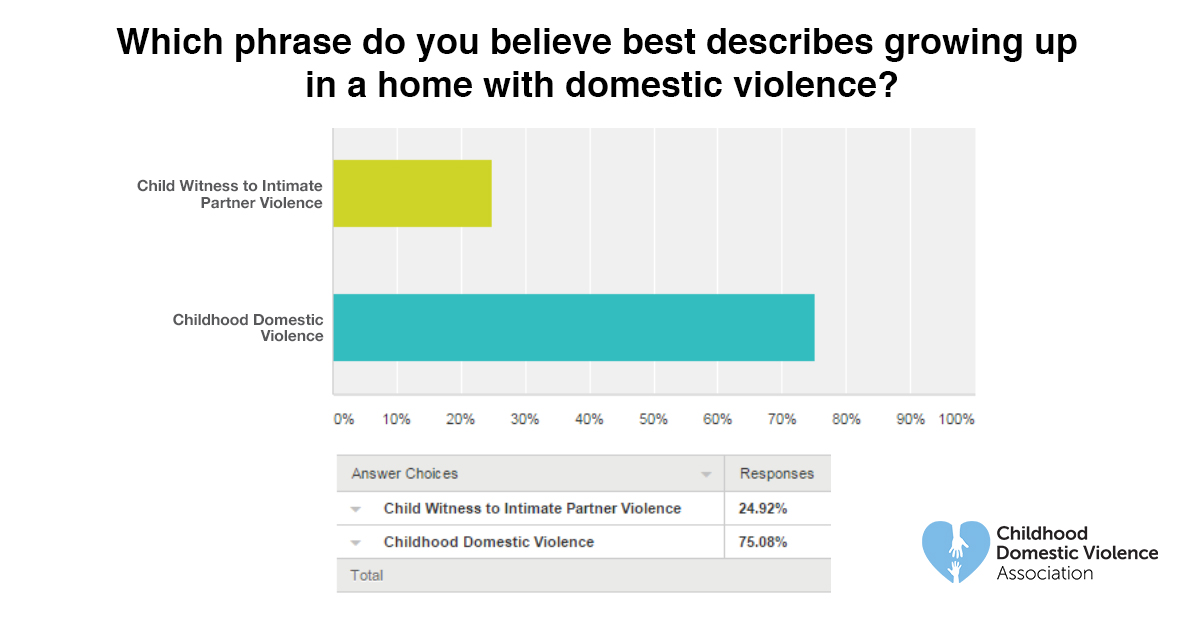Childhood Domestic Violence is the last unknown, unnamed, unaddressed major childhood adversity of 10 major Adverse Childhood Experiences (ACE’s) that researchers agree can have a profound, defining impact on a life. Although it impacts an estimated 1 in 7 people and can have major long-term effects in the 4 key areas of their life, which have been extensively documented over the past 2 decades, it has managed to remain almost completely under society’s radar, with less than 15% public awareness.
There are several reasons for this persistent lack of awareness. Among the most significant is the fact that there has never before been one universal name that has clearly labeled this major childhood adversity, to put it firmly on the map. Over the past 3 decades, researchers, clinicians, advocates, and policymakers have referred to it by a variety of different names, most of which seem not to have transitioned over to the main street public, and none of which have caught on on a mass scale. A major reason for this seems to be that none really resonate with the public as terms that define this adversity well or adequately acknowledge its impact.
To document this lack of resonance, we market-tested the most frequently used term by researchers to describe this adversity – Child Witness to Intimate Partner Violence (CWIPV) – against a term we believed reflects this experience much more accurately and powerfully – a term used in a recent research study published in the UK: Childhood Domestic Violence (CDV). We asked a random sample of 300 people “Which phrase do you believe best describes growing up in a home with domestic violence” The results are captured in the graph below. 3 out of 4 people chose “CHILDHOOD DOMESTIC VIOLENCE” as the appropriate name that should represent this ACE.

Because a universal name did not exist until now for this adverse experience – unlike the other 9 major childhood adversities, such as physical child abuse, emotional abuse, sexual abuse, etc – those impacted and society as a whole doesn’t even know what to call it or how to begin talking about it. According to one expert, we need to “first name it before we can tame it.” This lack of a universal name perpetuated an exceedingly low awareness level that has held steady over the decades, despite the fact that CDV is a major precursor to many adverse effects later in life. In turn, because of the low awareness, interventions and resources to mitigate its dire impact are almost nonexistent.
Since 3 out of 4 chose CDV as the rightful name, we must share this term to begin fostering the critical awareness that can lead to addressing and curbing the tide on CDV.
